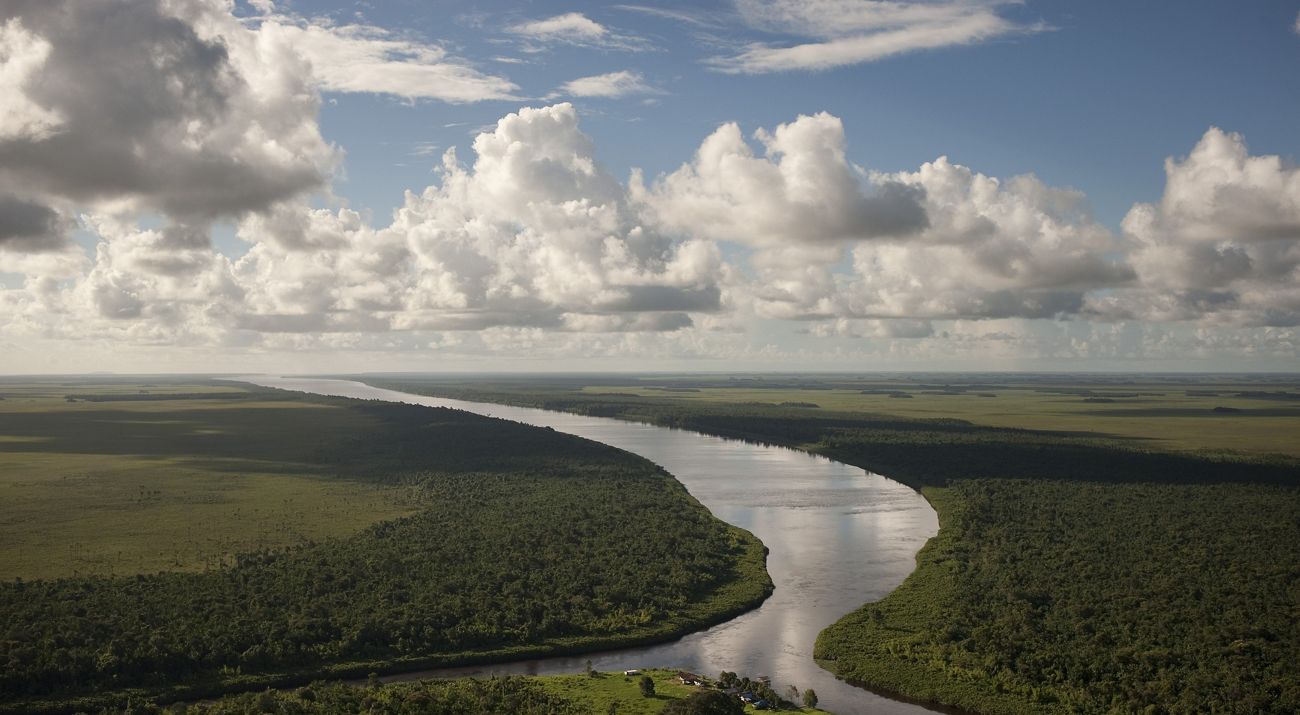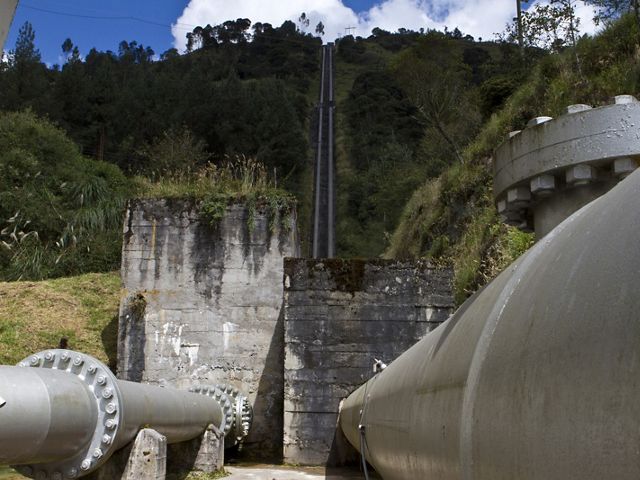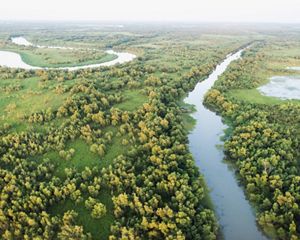Three Things to Know About Artificial Intelligence and Green Energy Planning

The world needs more renewable energy to combat climate change, and for many countries hydropower is a key part of their renewable energy mix. But we also need to protect the continuity of river systems and the unique ecosystems they support. So how do we balance the two goals?
TNC’s Hydropower by Design work has been a cornerstone of our conservation efforts as we respond to this challenge. A new paper in Science details an effort to use artificial intelligence (AI) to find ways to mitigate the environmental impacts of hydropower across the Amazon—3 million miles of river and 2.4 million square miles of forest—while achieving energy production goals. What did the researchers—including TNC’s Jonathan Higgins—conclude?
Artificial intelligence can help conservationists make sense of incredibly complex natural systems.
Researchers from Cornell University, The Nature Conservancy, and other partners initially thought the basin was too large to consider in its entirety. Evaluating the impact of 158 existing hydropower dams and the hundreds more that have been proposed, and balancing that with the extraordinary value of the Earth’s largest and most biodiverse river basin, required them to consider many millions of different scenarios. But computer scientists worked alongside conservationists to develop solutions.

Our global insights, straight to your inbox
Get our latest research, insights and solutions to today’s sustainability challenges.
This application of AI technology could allow for smart, science-based planning for low-carbon, low-cost, and low-conflict energy to expand into new places. And this approach will allow governments, conservation groups, investors and industry to evaluate the trade-offs of their energy planning ambitions, particularly in remote locations where field work may be difficult.

Dam on the Río Paute in Ecuador.
Holistic science allows for better decisions.
This analysis considered six different factors: river flow, river connectivity, sediment transport, fish diversity, greenhouse gas emissions and energy production. Decision-making that evaluates all these factors allows leaders to consider costs and benefits to nature and to human communities. And by looking at an entire basin—rather than river segments, as we’ve done in the past—the additive impacts of development across national boundaries can be considered. Sometimes a solution that makes sense for one country might be problematic for their neighbors. That broader view allows governments to make better, more transparent decisions about their investments and ensure that hydropower doesn’t come at the expense of biodiversity.


There’s no single correct answer.
The approach used in this study allowed scientists to consider many scenarios, eliminating sites for future dams that would cause the worst ecological and social harm. The approach could have relevance for siting other kinds of renewable energy as well. “We must protect and restore biodiversity, and transition to clean and green energy,” explained Amy Newsock of TNC’s Durable Freshwater Protection program. “We just need to acknowledge and consider the possible conflicts in order to find those places where we can reach a balanced solution.”
Learn more about clean energy planning at A Brighter Future.
Global Insights
Check out our latest thinking and real-world solutions to some of the most complex challenges facing people and the planet today.
